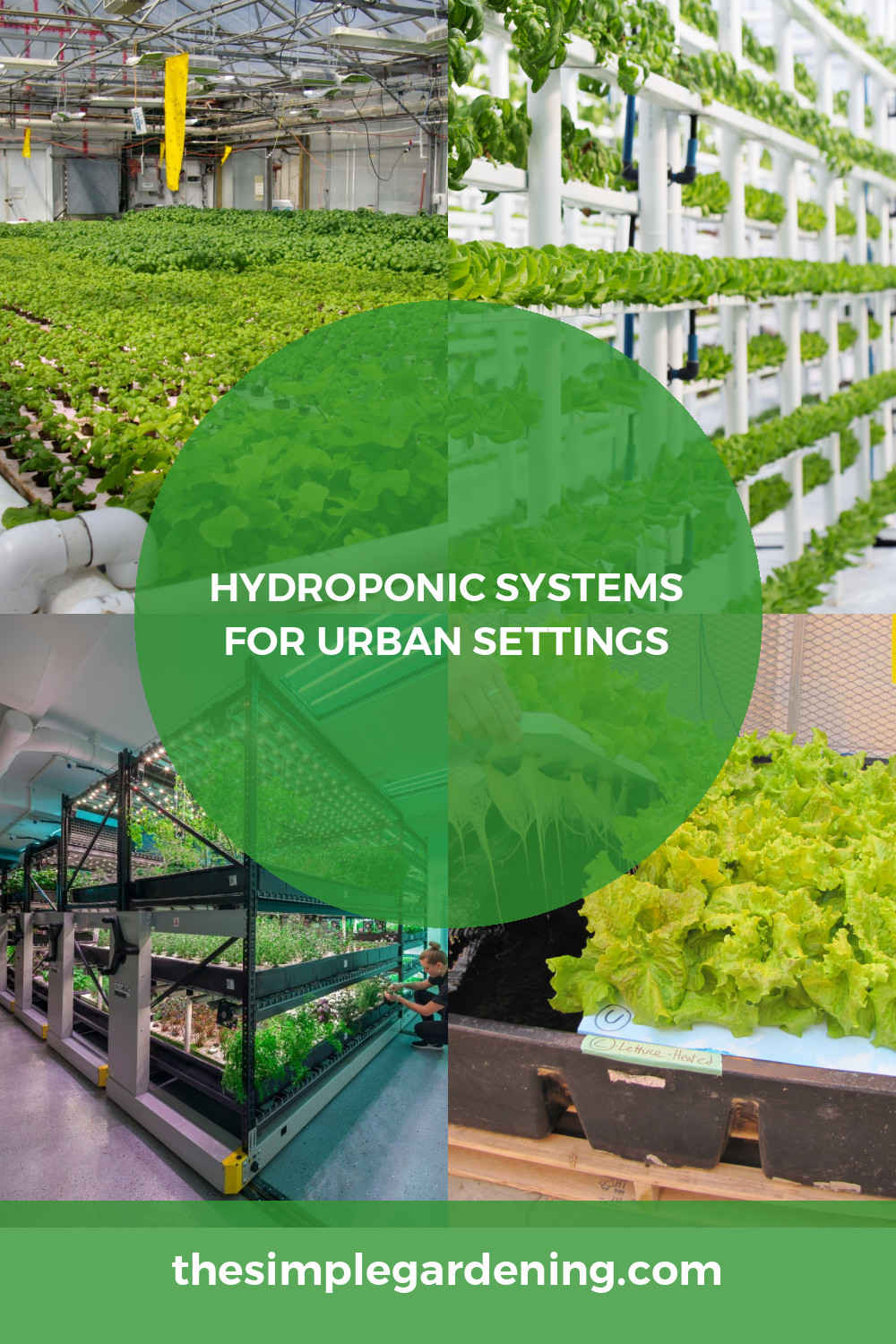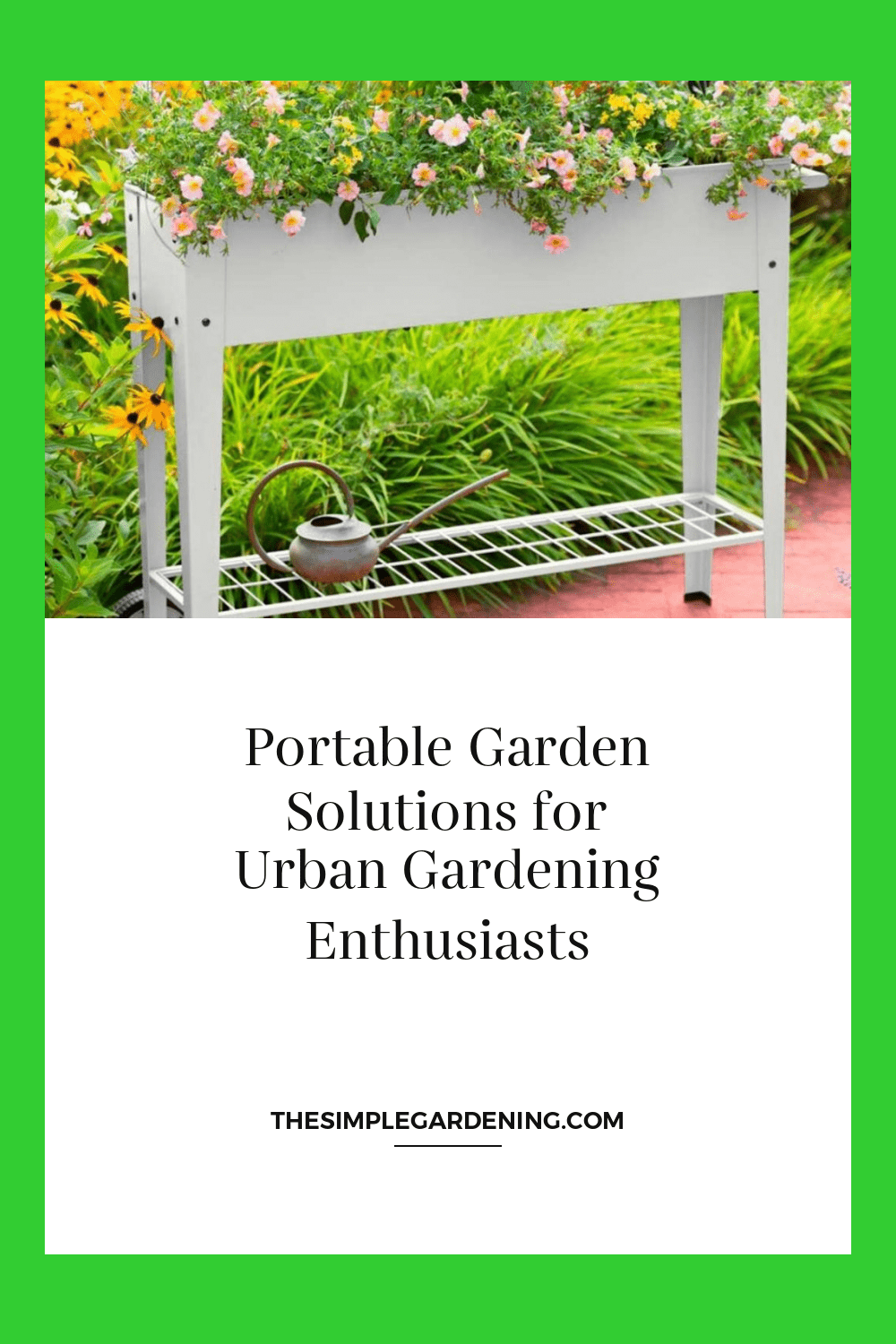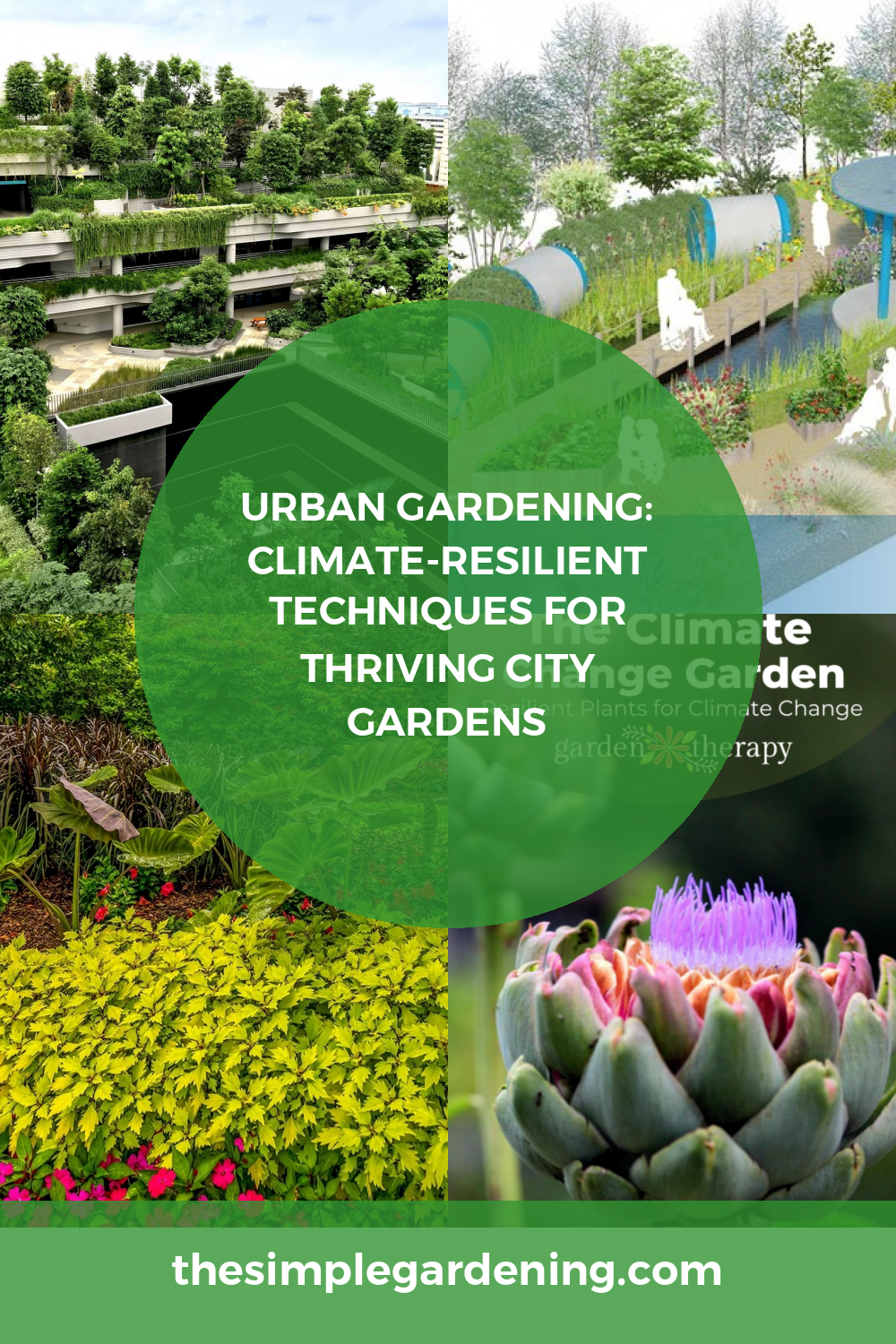Hydroponics is transforming urban spaces into vibrant, productive gardens, allowing city dwellers to grow fresh produce without the need for traditional soil-based agriculture. Let’s dive into the fascinating world of hydroponics and explore how it can be integrated into urban environments.
Definition and Overview
Hydroponics is a method of growing plants without soil, using mineral nutrient solutions in an aqueous solvent. This technique offers numerous advantages for urban settings, where space and soil quality can be limiting factors.
Key Aspects of Hydroponics
| Aspect | Description |
|---|---|
| No Soil Needed | Plants grow in nutrient-rich water solutions. |
| Space Efficiency | Vertical and compact systems save space. |
| Water Conservation | Uses up to 90% less water than traditional farming. |
| Faster Growth | Controlled environment accelerates plant growth. |
| Year-Round Growing | Indoor setups allow for continuous cultivation regardless of the season. |
Benefits of Hydroponics in Urban Areas
Urban hydroponics brings fresh, locally grown produce to city environments, promoting sustainability and self-sufficiency.
Major Benefits
| Benefit | Explanation |
|---|---|
| Local Food Production | Reduces the carbon footprint associated with transporting food. |
| Waste Reduction | Minimizes waste through efficient resource use and recycling. |
| Healthier Produce | Offers fresher, pesticide-free vegetables and herbs. |
| Community Building | Fosters community engagement through shared gardening projects. |
| Educational Opportunities | Provides hands-on learning experiences about sustainable agriculture and food systems. |
Historical Background
Hydroponics is not a modern invention; its roots can be traced back to ancient civilizations.
Historical Milestones
| Period | Development |
|---|---|
| Ancient Times | The Hanging Gardens of Babylon and Aztec floating gardens are early examples of soilless cultivation. |
| 20th Century | Research and commercial interest in hydroponics grow, especially during World War II. |
| 21st Century | Advances in technology make hydroponics more accessible and efficient for urban applications. |
Types of Hydroponic Systems
Different hydroponic systems cater to various urban gardening needs. Here’s an overview of the most popular methods.
Nutrient Film Technique (NFT)
NFT involves a shallow stream of nutrient-rich water flowing over the roots of plants.
NFT System Components
| Component | Function |
|---|---|
| Grow Tray | Holds the plants in net pots. |
| Reservoir | Stores the nutrient solution. |
| Pump | Circulates the nutrient solution through the system. |
| Channel | Where the nutrient film flows over plant roots. |
| Nutrient Solution | Provides essential nutrients to the plants. |
Deep Water Culture (DWC)
DWC systems keep plant roots submerged in a nutrient solution, with oxygen supplied by air pumps.
DWC System Components
| Component | Function |
|---|---|
| Reservoir | Holds the nutrient solution. |
| Air Pump | Oxygenates the nutrient solution. |
| Air Stone | Distributes air bubbles to the roots. |
| Net Pots | Hold the plants above the nutrient solution. |
| Nutrient Solution | Provides essential nutrients to the plants. |
Ebb and Flow (Flood and Drain)
This system periodically floods the grow tray with nutrient solution before draining it back into the reservoir.
Ebb and Flow System Components
| Component | Function |
|---|---|
| Grow Tray | Holds the plants and growing medium. |
| Reservoir | Stores the nutrient solution. |
| Pump | Circulates the nutrient solution to the grow tray. |
| Timer | Controls the flooding and draining cycles. |
| Drainage System | Ensures the solution returns to the reservoir. |
Wick System
A passive hydroponic system where nutrient solution is drawn into the growing medium via a wick.
Wick System Components
| Component | Function |
|---|---|
| Grow Tray | Holds the plants and growing medium. |
| Reservoir | Stores the nutrient solution. |
| Wicks | Draws nutrient solution from the reservoir to the grow medium. |
| Growing Medium | Supports the plants and holds moisture. |
| Nutrient Solution | Provides essential nutrients to the plants. |
Drip System
Nutrient solution is delivered to the plant roots through drip emitters.
Drip System Components
| Component | Function |
|---|---|
| Drip Emitters | Deliver nutrient solution directly to plant roots. |
| Reservoir | Stores the nutrient solution. |
| Pump | Circulates the nutrient solution to the emitters. |
| Tubing | Connects the pump to the emitters. |
| Growing Medium | Supports the plants and holds moisture. |
Aeroponics
Roots are suspended in air and misted with nutrient solution.
Aeroponics System Components
| Component | Function |
|---|---|
| Misting System | Delivers nutrient solution as a fine mist to the roots. |
| Reservoir | Stores the nutrient solution. |
| Pump | Circulates the nutrient solution to the misting nozzles. |
| Enclosure | Protects the roots and maintains a humid environment. |
| Nutrient Solution | Provides essential nutrients to the plants. |

Source Image: sanitred.com
Setting Up a Hydroponic System in an Urban Space
Establishing a hydroponic garden in a city requires careful planning and resource management.
Choosing the Right Space
Selecting an appropriate location is crucial for the success of your hydroponic system.
Considerations for Space Selection
| Factor | Description |
|---|---|
| Light Availability | Ensure the space receives adequate natural or artificial light. |
| Accessibility | Easy access for maintenance and harvesting. |
| Ventilation | Good airflow to prevent mold and mildew. |
| Water Source | Proximity to a reliable water source. |
| Structural Integrity | The space should support the weight of the system and water. |
Required Equipment and Supplies
Gathering the right tools and materials is essential for setting up your hydroponic garden.
Essential Equipment
| Equipment | Function |
|---|---|
| Grow Lights | Provide the necessary light spectrum for plant growth. |
| pH Meter | Measures the acidity or alkalinity of the nutrient solution. |
| EC Meter | Checks the electrical conductivity of the nutrient solution. |
| Timers | Automate lighting and watering schedules. |
| Nutrient Solutions | Supply essential minerals and nutrients to the plants. |
Cost Considerations and Budgeting
Budgeting for your hydroponic system involves calculating initial setup costs and ongoing expenses.
Cost Breakdown
| Item | Estimated Cost (USD) |
|---|---|
| System Setup | $200 – $1,000+ |
| Lighting | $50 – $300 |
| Nutrient Solutions | $20 – $100 per month |
| Maintenance Supplies | $10 – $50 per month |
| Utility Bills | Varies based on system size and usage. |
Safety and Building Regulations
Ensuring your hydroponic setup complies with local regulations and safety standards is vital.
Regulatory Considerations
| Regulation | Description |
|---|---|
| Zoning Laws | Verify if hydroponic gardening is permitted in your area. |
| Electrical Safety | Ensure all electrical components are safely installed and maintained. |
| Building Codes | Check if modifications require permits. |
| Water Usage | Be aware of any water usage restrictions. |
| Health Standards | Adhere to guidelines for food safety and cleanliness. |
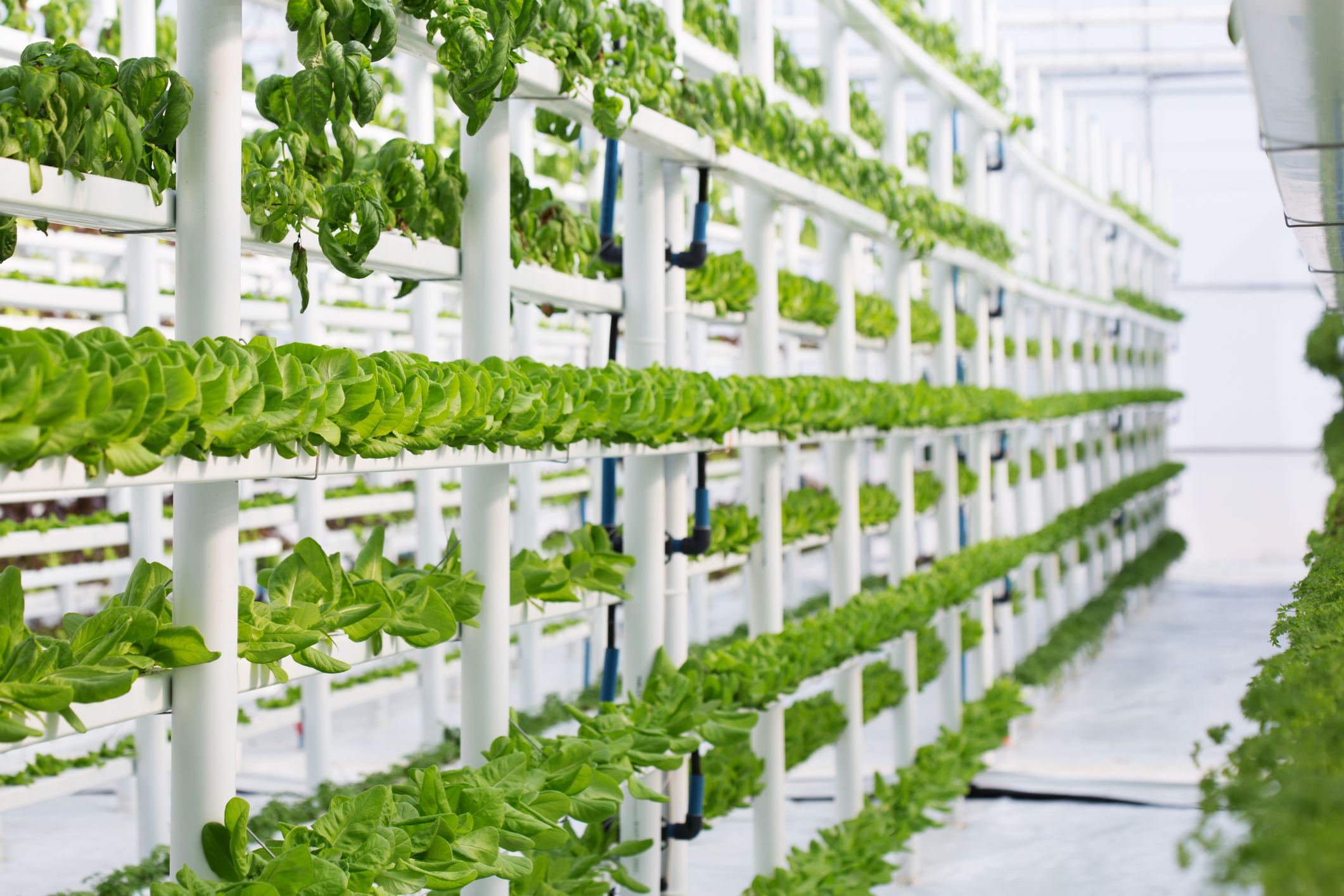
Source Image: step-hen.com
Planning and Designing Your Urban Hydroponic Garden
Creating an efficient and aesthetically pleasing hydroponic garden involves thoughtful planning and design.
Layout and Space Optimization
Maximizing your available space is key to a successful urban hydroponic garden.
Space Optimization Tips
| Tip | Description |
|---|---|
| Vertical Growing | Utilize vertical space with shelves or towers. |
| Compact Systems | Choose compact, modular systems for small spaces. |
| Multi-Function Furniture | Integrate hydroponics with functional furniture like planter walls. |
| Mobile Units | Use rolling carts or mobile units for flexibility. |
| Hanging Gardens | Install hanging systems to free up floor space. |
Lighting Requirements and Options
Providing the right lighting is crucial for plant growth in urban hydroponic gardens.
Lighting Options
| Light Type | Description |
|---|---|
| LED Lights | Energy-efficient and customizable spectrum. |
| Fluorescent Lights | Affordable and good for small setups. |
| HID Lights | High-intensity, ideal for larger systems. |
| Natural Light | Use windows or skylights if available. |
| Reflective Materials | Enhance light distribution and efficiency. |
Ventilation and Climate Control
Maintaining optimal air quality and temperature is essential for plant health.
Climate Control Tips
| Tip | Description |
|---|---|
| Fans | Promote air circulation and prevent mold. |
| Air Filters | Keep air clean and free of pests. |
| Humidifiers/Dehumidifiers | Control humidity levels for different plant needs. |
| Temperature Sensors | Monitor and regulate temperature. |
| Climate Controllers | Automate climate control with smart systems. |
Aesthetic Integration into Urban Homes
Incorporating hydroponic systems into your living space can enhance its aesthetic appeal.
Design Ideas
| Idea | Description |
|---|---|
| Living Walls | Create a green wall with hydroponic systems. |
| Decorative Planters | Use stylish containers and planters. |
| Furniture Integration | Combine with furniture for functional decor. |
| Artistic Layouts | Design visually appealing plant arrangements. |
| Lighting Accents | Highlight plants with decorative lighting. |

Source Image: spacesaverintermountain.com
Growing Media and Nutrient Solutions
Choosing the right growing media and nutrient solutions is critical for plant growth and health.
Types of Growing Media
Different media offer various benefits for hydroponic gardening.
Popular Growing Media
| Medium | Characteristics |
|---|---|
| Coco Coir | Retains moisture, pH neutral, eco-friendly. |
| Rockwool | Excellent water retention, widely used. |
| Perlite | Lightweight, improves aeration and drainage. |
| Vermiculite | Retains moisture and nutrients. |
| Clay Pellets | Reusable, good aeration, stable pH. |
Mixing and Managing Nutrient Solutions
Properly mixing and managing nutrient solutions ensures plants receive the necessary nutrients.
Nutrient Management Tips
| Tip | Description |
|---|---|
| Follow Instructions | Use manufacturer guidelines for nutrient mixing. |
| Monitor pH Levels | Keep pH between 5.5 and 6.5 for most plants. |
| Regular Testing | Test nutrient solution regularly for balance. |
| Adjust as Needed | Modify nutrient concentrations based on plant needs. |
| Store Properly | Store nutrient solutions in a cool, dark place. |
Monitoring and Adjusting pH Levels
Maintaining the correct pH level is vital for nutrient absorption.
pH Management Tips
| Tip | Description |
|---|---|
| Regular Testing | Use a pH meter to test solution regularly. |
| pH Up/Down Solutions | Adjust pH levels using pH adjusters. |
| Consistent Monitoring | Keep a log of pH levels and adjustments. |
| Buffering Agents | Use buffering agents to stabilize pH. |
| Calibrate Meters | Ensure pH meters are calibrated correctly. |
Organic vs. Synthetic Nutrients
Choosing between organic and synthetic nutrients depends on your gardening goals.
Comparison of Nutrients
| Type | Characteristics |
|---|---|
| Organic Nutrients | Natural, eco-friendly, slower release. |
| Synthetic Nutrients | Precisely formulated, faster absorption. |
| Cost | Organic tends to be more expensive. |
| Availability | Synthetic nutrients are widely available. |
| Environmental Impact | Organic has a lower environmental impact. |

Source Image: kobobuilding.com
Hydroponic Systems for Urban Settings
Selecting Plants for Urban Hydroponic Gardens
Choosing the right plants is essential for a successful hydroponic garden.
Best Plants for Hydroponic Systems
Some plants thrive particularly well in hydroponic systems.
Recommended Plants
| Plant | Characteristics |
|---|---|
| Lettuce | Fast-growing, minimal maintenance. |
| Spinach | High yield, nutrient-dense. |
| Herbs (Basil, Mint, Parsley) | Easy to grow, flavorful, high demand. |
| Tomatoes | Productive, can be grown year-round. |
| Strawberries | Delicious, high market value. |
Seasonal Considerations
Understanding seasonal growth patterns helps in planning your garden.
Seasonal Planting Tips
| Season | Suitable Plants |
|---|---|
| Spring | Lettuce, Spinach, Herbs. |
| Summer | Tomatoes, Peppers, Cucumbers. |
| Fall | Kale, Swiss Chard, Beets. |
| Winter | Leafy Greens, Herbs, Microgreens. |
| Year-Round | Indoor systems can grow many plants continuously. |
Crop Rotation and Succession Planting
Rotating crops and planning successive plantings can enhance yields and soil health.
Planting Strategies
| Strategy | Description |
|---|---|
| Crop Rotation | Rotate plant families to prevent disease buildup. |
| Succession Planting | Plant new crops as others are harvested to maintain continuous production. |
| Companion Planting | Pair compatible plants to enhance growth and pest control. |
| Staggered Planting | Plant at intervals to ensure a steady harvest. |
| Seasonal Adjustments | Adjust plant choices based on seasonal conditions. |
Companion Planting Strategies
Companion planting can improve plant health and yield.
Companion Planting Pairs
| Plant | Companion |
|---|---|
| Tomatoes | Basil, Marigold. |
| Lettuce | Carrots, Radishes. |
| Cucumbers | Beans, Sunflowers. |
| Peppers | Onions, Spinach. |
| Strawberries | Spinach, Beans. |
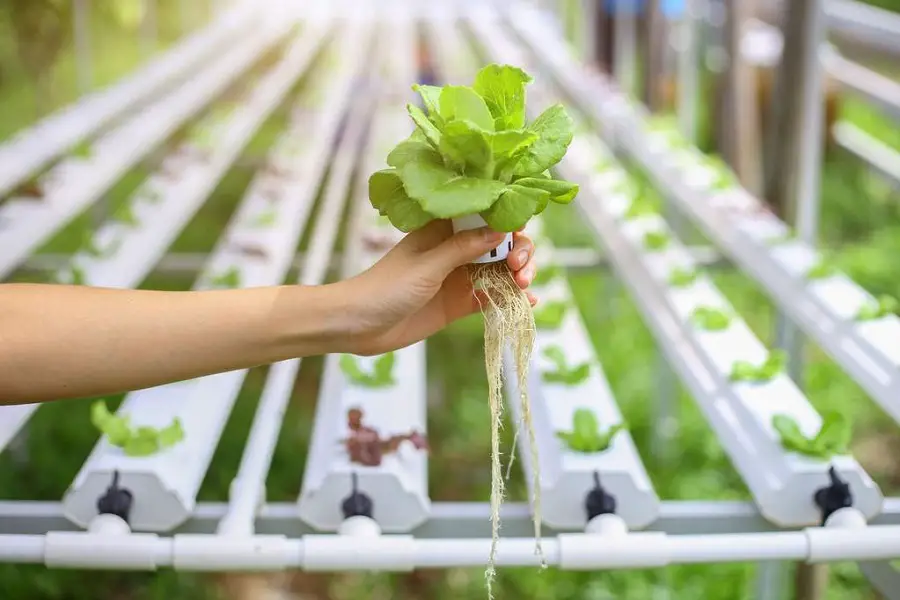
Source Image: thehydroponicsplanet.com
Plant Care and Maintenance
Regular care and maintenance are vital for a thriving hydroponic garden.
Watering and Nutrient Delivery
Ensuring consistent water and nutrient delivery is crucial.
Watering Tips
| Tip | Description |
|---|---|
| Consistent Monitoring | Check water levels regularly. |
| Proper Drainage | Ensure the system drains well to avoid root rot. |
| Adjust Frequency | Adjust watering frequency based on plant needs. |
| Even Distribution | Ensure even distribution of nutrients. |
| Avoid Overwatering | Prevent overwatering to avoid nutrient leaching. |
Pruning and Training Plants
Pruning and training help manage plant growth and increase yields.
Pruning Techniques
| Technique | Description |
|---|---|
| Topping | Remove the top of the plant to encourage bushier growth. |
| FIMing | Similar to topping but less drastic, encourages more branches. |
| Lollipopping | Remove lower growth to focus energy on top branches. |
| Defoliation | Remove some leaves to improve light penetration. |
| Training | Use trellises or nets to guide plant growth. |
Managing Pests and Diseases
Pests and diseases can be a challenge in hydroponic systems.
Pest and Disease Management
| Problem | Solution |
|---|---|
| Aphids | Introduce ladybugs or use insecticidal soap. |
| Powdery Mildew | Improve air circulation and use fungicides. |
| Root Rot | Ensure proper drainage and oxygenation. |
| Spider Mites | Increase humidity and introduce predatory mites. |
| Algae | Cover exposed water surfaces to prevent light exposure. |
Harvesting Techniques
Proper harvesting techniques ensure the longevity and productivity of your plants.
Harvesting Tips
| Plant | Technique |
|---|---|
| Lettuce | Cut outer leaves or harvest the whole head. |
| Herbs | Trim leaves regularly to encourage new growth. |
| Tomatoes | Pick when fully ripe for best flavor. |
| Strawberries | Harvest when fully red and sweet. |
| Leafy Greens | Harvest outer leaves for continuous growth. |

Source Image: www.pinterest.com.au
Automation and Technology in Hydroponics
Automation and technology can streamline hydroponic gardening, making it more efficient and productive.
Automated Irrigation Systems
Automated systems ensure consistent watering and nutrient delivery.
Irrigation System Components
| Component | Function |
|---|---|
| Timers | Schedule watering cycles. |
| Sensors | Monitor moisture levels. |
| Controllers | Manage system operations remotely. |
| Drip Emitters | Deliver water and nutrients directly to plants. |
| Valves | Control the flow of water. |
Smart Sensors and Monitoring Tools
Smart sensors provide real-time data on various parameters.
Key Sensors
| Sensor | Function |
|---|---|
| pH Sensors | Monitor pH levels. |
| EC Sensors | Measure electrical conductivity. |
| Temperature Sensors | Track air and water temperatures. |
| Humidity Sensors | Measure humidity levels. |
| Light Sensors | Monitor light intensity and duration. |
Data Analysis and Management
Analyzing data helps optimize plant growth and system performance.
Data Management Tools
| Tool | Function |
|---|---|
| Data Loggers | Record environmental data over time. |
| Software Platforms | Analyze and visualize data for decision-making. |
| Alerts and Notifications | Provide real-time updates and alerts for critical conditions. |
| Historical Data | Compare past data to identify trends and improvements. |
| Automated Reports | Generate reports on system performance. |
Integrating IoT in Hydroponics
The Internet of Things (IoT) allows for advanced automation and control.
IoT Integration Benefits
| Benefit | Description |
|---|---|
| Remote Monitoring | Monitor system parameters from anywhere. |
| Automation | Automate routine tasks for efficiency. |
| Real-Time Alerts | Receive instant notifications for issues. |
| Data Insights | Gain insights from comprehensive data analysis. |
| Smart Controls | Adjust system settings remotely. |
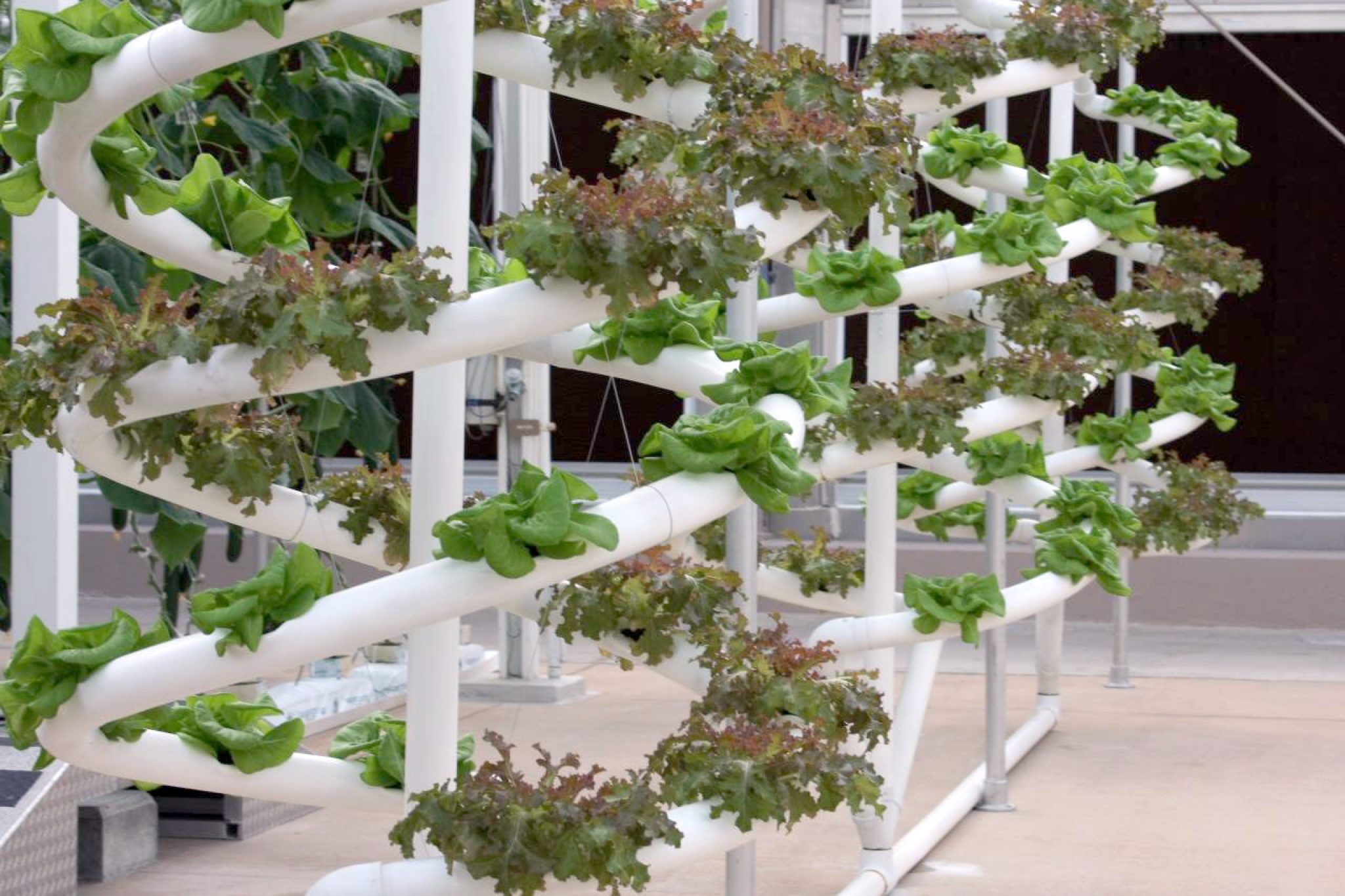
Source Image: climatebiz.com
Hydroponic Systems for Urban Settings
Sustainable Practices in Urban Hydroponics
Sustainability is a key consideration in hydroponic gardening, especially in urban settings.
Water Conservation Techniques
Hydroponics uses water more efficiently than traditional farming.
Water-Saving Practices
| Practice | Description |
|---|---|
| Recirculating Systems | Reuse water within the system. |
| Drip Irrigation | Deliver water directly to the roots. |
| Rainwater Harvesting | Collect and use rainwater for the system. |
| Condensation Recovery | Capture and reuse water from condensation. |
| Efficient Watering Schedules | Optimize watering times to reduce waste. |
Energy-Efficient Solutions
Reducing energy consumption is crucial for sustainable hydroponics.
Energy-Saving Strategies
| Strategy | Description |
|---|---|
| LED Lighting | Use energy-efficient LED grow lights. |
| Timers and Sensors | Automate lighting and climate control for efficiency. |
| Insulation | Insulate growing areas to maintain temperature. |
| Renewable Energy | Use solar or wind power to run systems. |
| Energy Audits | Conduct regular energy audits to identify savings opportunities. |
Recycling and Reusing Materials
Implementing recycling practices can significantly reduce waste.
Recycling Practices
| Material | Recycling Method |
|---|---|
| Growing Media | Reuse or compost spent media. |
| Water | Recirculate water within the system. |
| Nutrient Solutions | Use only what is necessary to reduce waste. |
| Packaging | Recycle or reuse packaging materials. |
| Plant Waste | Compost plant trimmings and waste. |
Reducing Carbon Footprint
Minimizing carbon emissions is a priority for sustainable hydroponics.
Carbon Reduction Strategies
| Strategy | Description |
|---|---|
| Local Production | Reduce transportation emissions by growing locally. |
| Energy Efficiency | Implement energy-saving measures. |
| Sustainable Materials | Use eco-friendly, sustainable materials. |
| Efficient Resource Use | Optimize use of water and nutrients to minimize waste. |
| Green Practices | Incorporate other green practices like composting and recycling. |
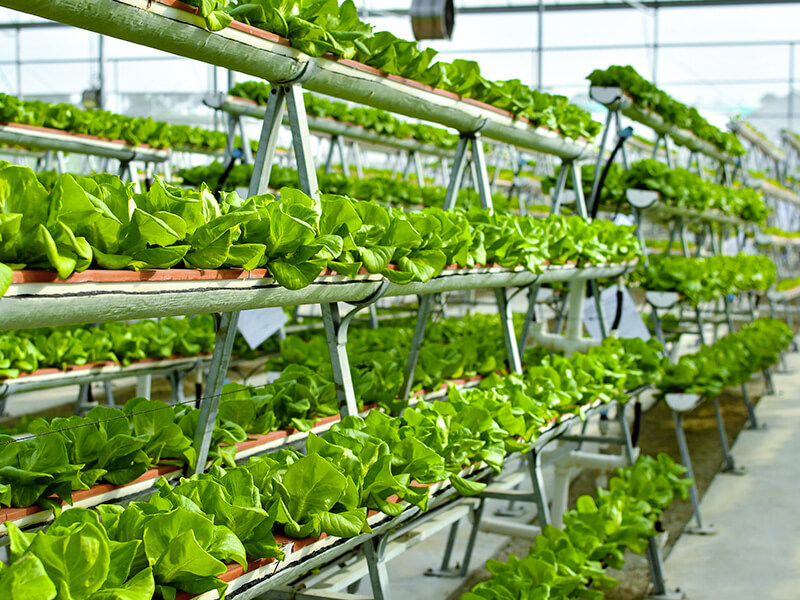
Source Image: neogreenventures.com
Case Studies of Successful Urban Hydroponic Gardens
Examining successful urban hydroponic projects can provide valuable insights.
Small Apartment Setups
Innovative solutions for small urban spaces can inspire apartment dwellers.
Apartment Hydroponic Setup
| Component | Description |
|---|---|
| Compact System | Small-scale hydroponic system. |
| Grow Lights | LED lights for plant growth. |
| Vertical Setup | Utilize vertical space efficiently. |
| Automated Features | Smart sensors and timers for ease of use. |
| Plant Choices | Herbs, leafy greens, small vegetables. |
Community and Rooftop Gardens
Community and rooftop gardens promote urban agriculture and social engagement.
Community Garden Components
| Component | Description |
|---|---|
| Shared Space | Common area for community members. |
| Diverse Plants | Variety of plants for community use. |
| Educational Programs | Workshops and training for participants. |
| Social Events | Community events to foster engagement. |
| Sustainability Practices | Emphasis on sustainable gardening methods. |
Commercial Urban Farms
Commercial urban farms provide fresh produce to local markets and restaurants.
Commercial Farm Setup
| Component | Description |
|---|---|
| Large-Scale System | Advanced hydroponic system for high yield. |
| Professional Equipment | High-quality grow lights, pumps, and sensors. |
| Varied Crops | Wide range of vegetables and herbs. |
| Market Distribution | Supply chain to local markets and restaurants. |
| Business Model | Sustainable and profitable business practices. |
Educational and Research Projects
Educational and research projects explore innovative hydroponic techniques.
Educational Project Components
| Component | Description |
|---|---|
| Research Focus | Study of advanced hydroponic methods. |
| Educational Outreach | Programs for schools and universities. |
| Experimentation | Trials of different plants and systems. |
| Collaboration | Partnerships with academic and research institutions. |
| Publications | Share findings through papers and presentations. |
Challenges and Solutions in Urban Hydroponics
Urban hydroponics faces several challenges, but solutions are available.
Space Constraints and Solutions
Maximizing limited space is a common challenge in urban settings.
Space Optimization Solutions
| Solution | Description |
|---|---|
| Vertical Growing | Use vertical gardens and towers. |
| Compact Systems | Select systems designed for small spaces. |
| Multi-Use Furniture | Integrate hydroponics into furniture. |
| Hanging Systems | Install hanging planters and shelves. |
| Flexible Units | Use mobile or modular units for adaptability. |
Dealing with Limited Natural Light
Lack of natural light can be mitigated with artificial lighting.
Lighting Solutions
| Solution | Description |
|---|---|
| LED Grow Lights | Efficient and customizable light spectrum. |
| Supplemental Lighting | Add lights to existing natural light. |
| Reflective Surfaces | Use reflective materials to enhance light distribution. |
| Light Schedules | Optimize light schedules for plant growth. |
| Solar Tubes | Direct natural light into indoor spaces. |
Managing Costs and Economic Viability
Balancing costs and benefits is essential for sustainable hydroponic gardening.
Cost Management Strategies
| Strategy | Description |
|---|---|
| Initial Investment | Budget for initial setup costs carefully. |
| Energy Efficiency | Implement energy-saving measures to reduce bills. |
| DIY Solutions | Create DIY systems to save on costs. |
| Bulk Purchasing | Buy supplies in bulk to reduce costs. |
| Financial Planning | Develop a detailed financial plan and monitor expenses. |
Overcoming Technical Difficulties
Technical issues can arise, but solutions are available.
Technical Solutions
| Problem | Solution |
|---|---|
| Equipment Failure | Regular maintenance and backups. |
| Nutrient Imbalance | Regular testing and adjustments. |
| Pest Infestations | Integrated pest management strategies. |
| Power Outages | Backup power sources like generators. |
| System Clogs | Regular cleaning and monitoring. |
Community Involvement and Social Impact
Urban hydroponics can have significant social benefits.
Urban Gardening Communities and Networks
Engaging with local gardening communities can enhance your hydroponic project.
Community Involvement Benefits
| Benefit | Description |
|---|---|
| Shared Knowledge | Exchange tips and experiences. |
| Support Networks | Find support and resources. |
| Collaboration | Partner on projects and initiatives. |
| Events and Workshops | Participate in or host events. |
| Advocacy | Advocate for urban gardening initiatives. |
Educational Workshops and Training Programs
Education is key to promoting hydroponic gardening.
Workshop Components
| Component | Description |
|---|---|
| Hands-On Learning | Practical experience with hydroponics. |
| Expert Speakers | Invite knowledgeable speakers. |
| Resource Materials | Provide guides and materials. |
| Interactive Sessions | Q&A and interactive activities. |
| Community Outreach | Engage the broader community. |
Enhancing Local Food Security
Urban hydroponics can contribute to local food security by providing fresh produce.
Food Security Strategies
| Strategy | Description |
|---|---|
| Local Production | Grow food locally to reduce reliance on imports. |
| Diverse Crops | Grow a variety of nutritious plants. |
| Affordable Access | Ensure produce is affordable for the community. |
| Food Distribution Networks | Develop networks to distribute produce locally. |
| Education and Training | Educate the community on growing and preparing fresh produce. |
Promoting Health and Wellness
Hydroponic gardening promotes health and wellness by providing fresh, nutritious food.
Health and Wellness Benefits
| Benefit | Description |
|---|---|
| Nutrient-Rich Produce | Grow fresh, nutrient-dense vegetables and herbs. |
| Physical Activity | Gardening is a form of physical exercise. |
| Mental Wellbeing | Engaging with plants can reduce stress. |
| Community Building | Gardening fosters community connections. |
| Educational Opportunities | Learn about healthy eating and sustainable practices. |
Conclusion and Future Trends
Urban hydroponics is a growing field with immense potential.
The Future of Urban Hydroponics
Emerging trends and innovations will shape the future of urban hydroponic gardening.
Future Trends
| Trend | Description |
|---|---|
| Advanced Technologies | Integration of AI and IoT for optimized growth. |
| Sustainable Practices | Focus on sustainability and eco-friendly methods. |
| Increased Accessibility | More affordable and accessible systems for urban dwellers. |
| Urban Planning Integration | Incorporation of hydroponics into urban planning and development. |
| Research and Development | Ongoing research to improve techniques and yields. |
Embracing the Benefits of Hydroponic Gardening
Hydroponic gardening offers numerous benefits for urban environments.
Key Benefits
| Benefit | Description |
|---|---|
| Space Efficiency | Maximize limited urban space. |
| Water Conservation | Use water more efficiently than traditional gardening. |
| Sustainable Growth | Promote sustainable and eco-friendly practices. |
| Fresh Produce | Access to fresh, home-grown vegetables and herbs. |
| Community Engagement | Foster community and social connections through gardening. |
By embracing hydroponic gardening, urban dwellers can transform their living spaces into productive, green environments, contributing to a sustainable and healthy future.
Resources and Further Reading
Books and Publications
- “Hydroponic Food Production” by Howard M. Resh
- “The Urban Farmer” by Curtis Stone
- “Indoor Kitchen Gardening” by Elizabeth Millard
Online Resources
- Maximum Yield: maximumyield.com
- Urban Agriculture: urbanagriculture.org
- Hydroponics Online: hydroponicsonline.com
Organizations and Community Groups
- American Hydroponic Society
- Urban Farming Initiatives
- Local Community Gardens and Hydroponics Groups
By leveraging these resources, you can expand your knowledge and skills in urban hydroponic gardening, contributing to a greener and more sustainable urban environment.

